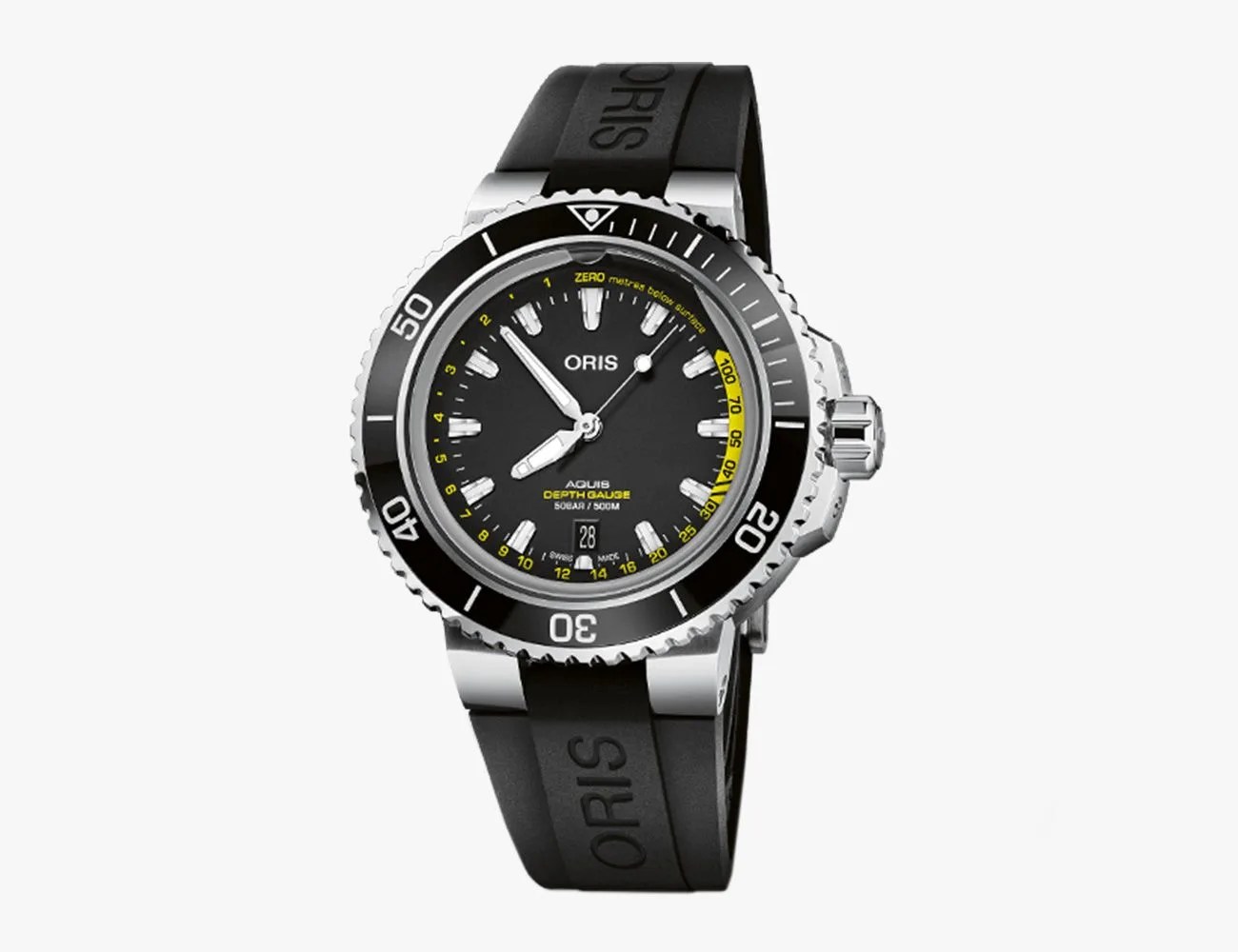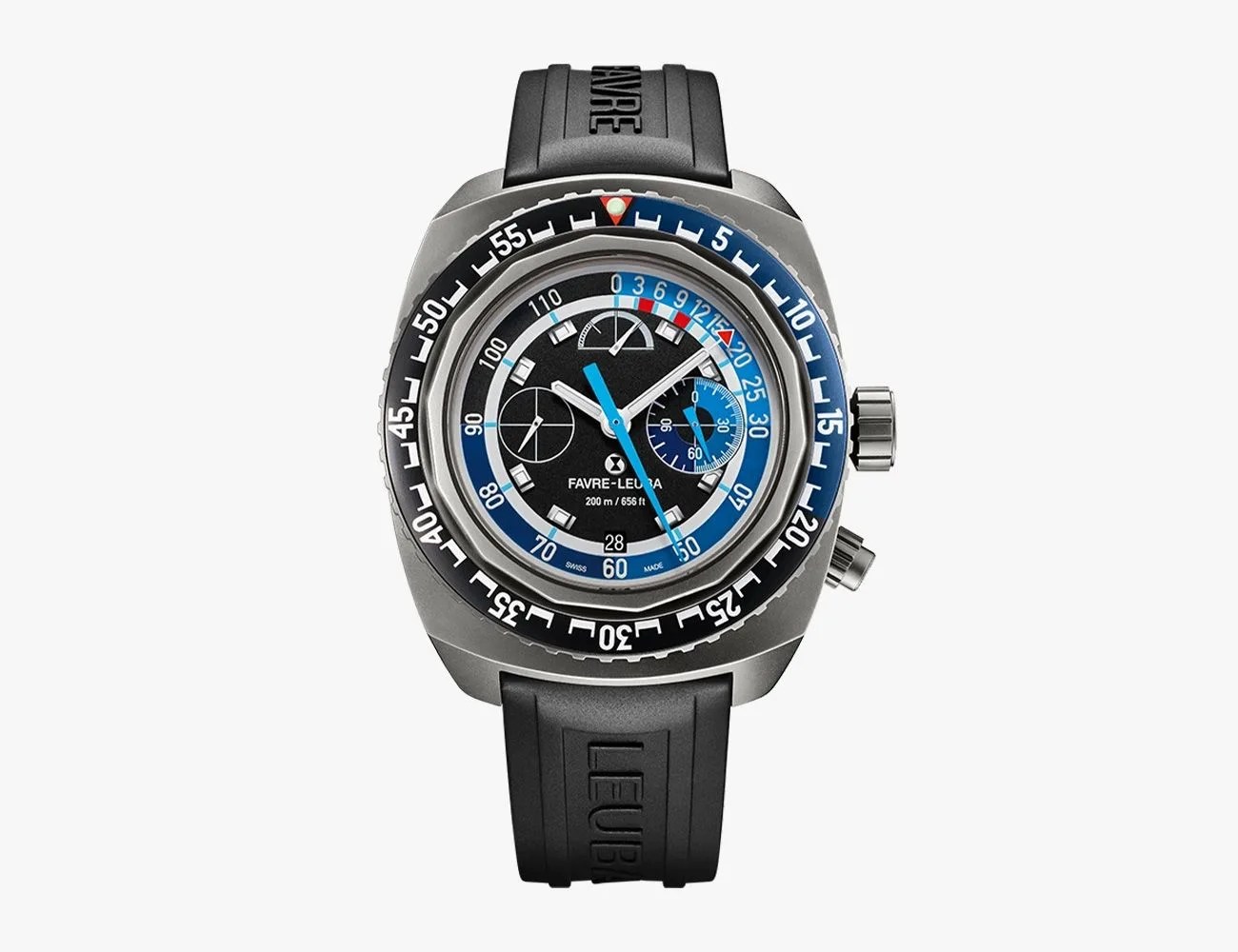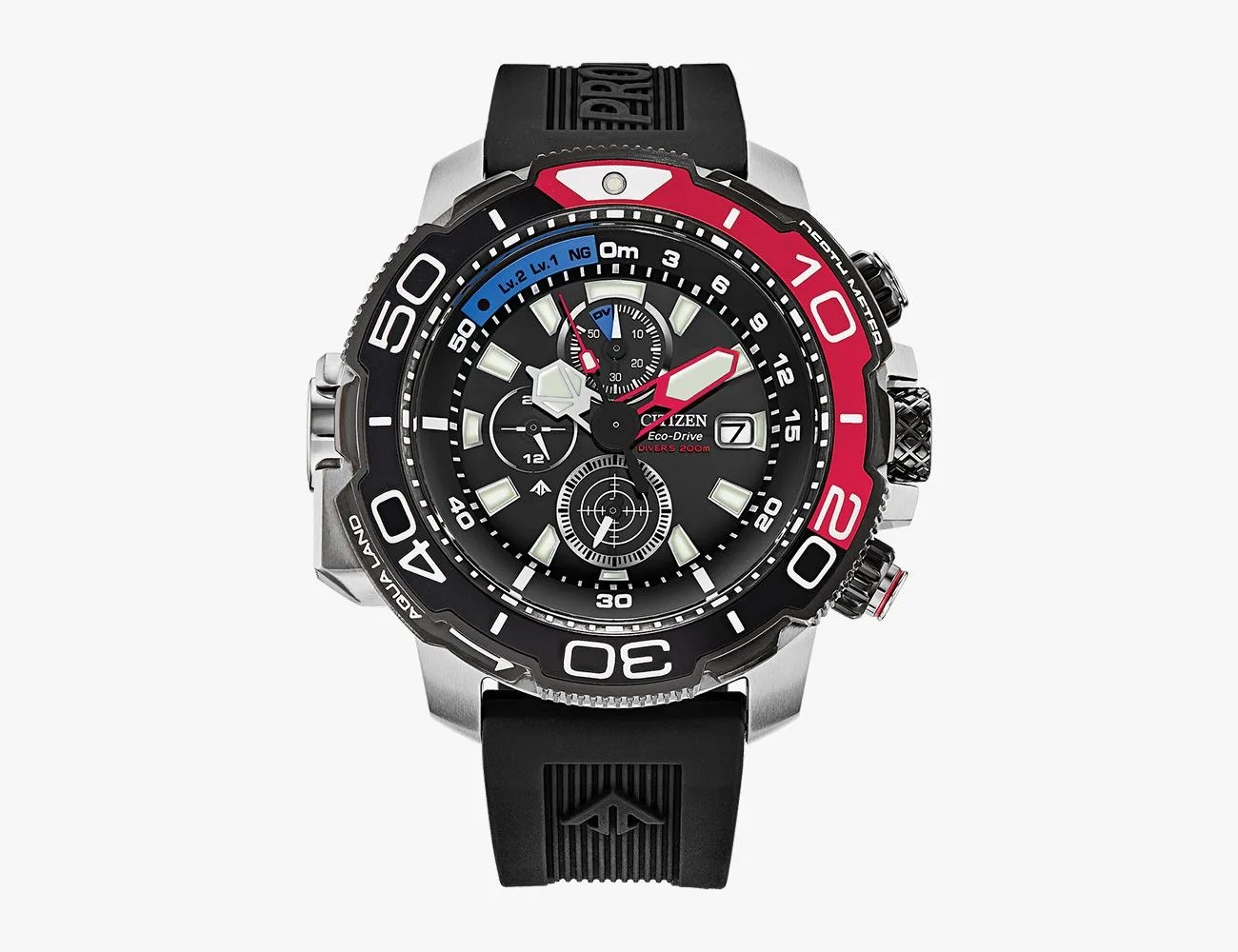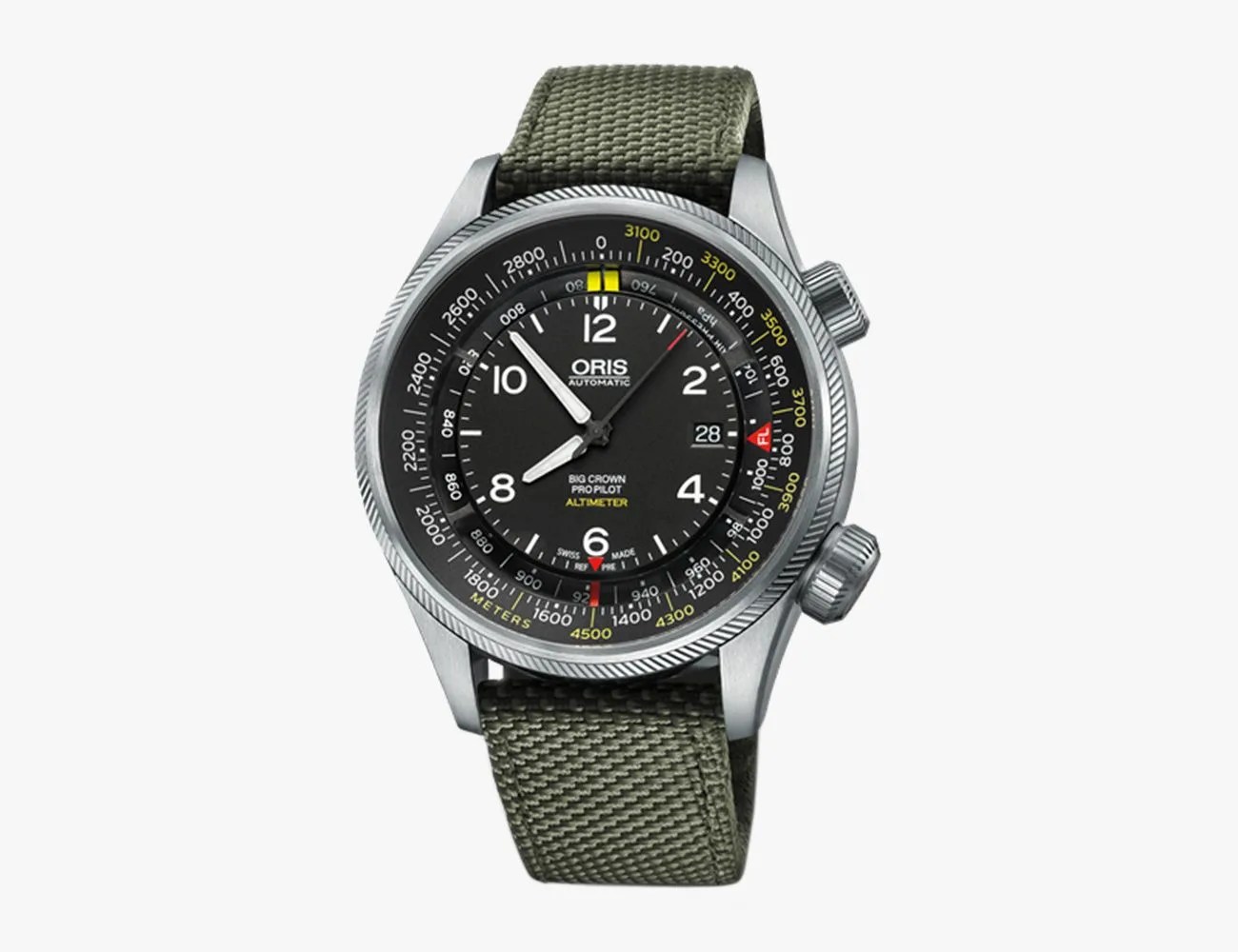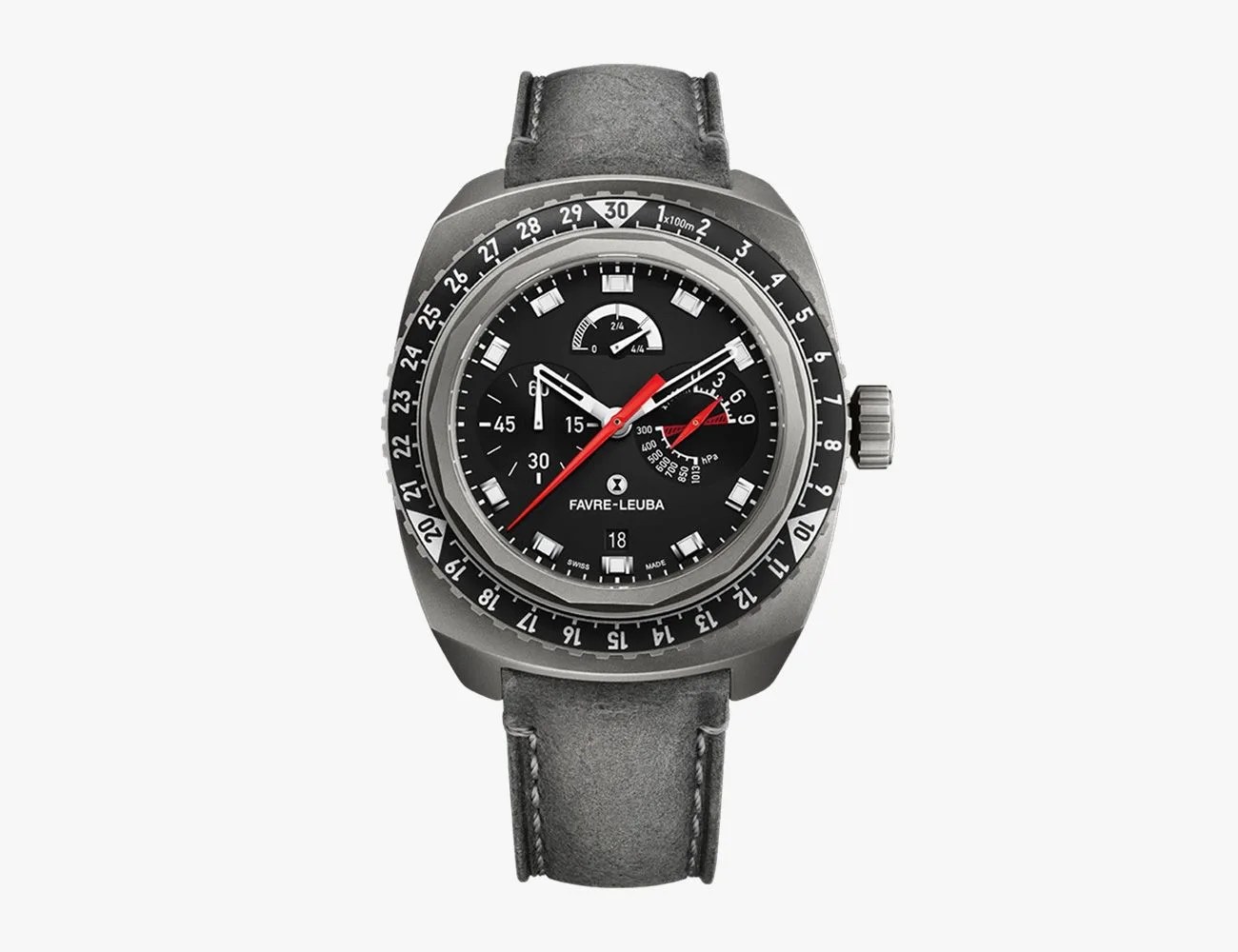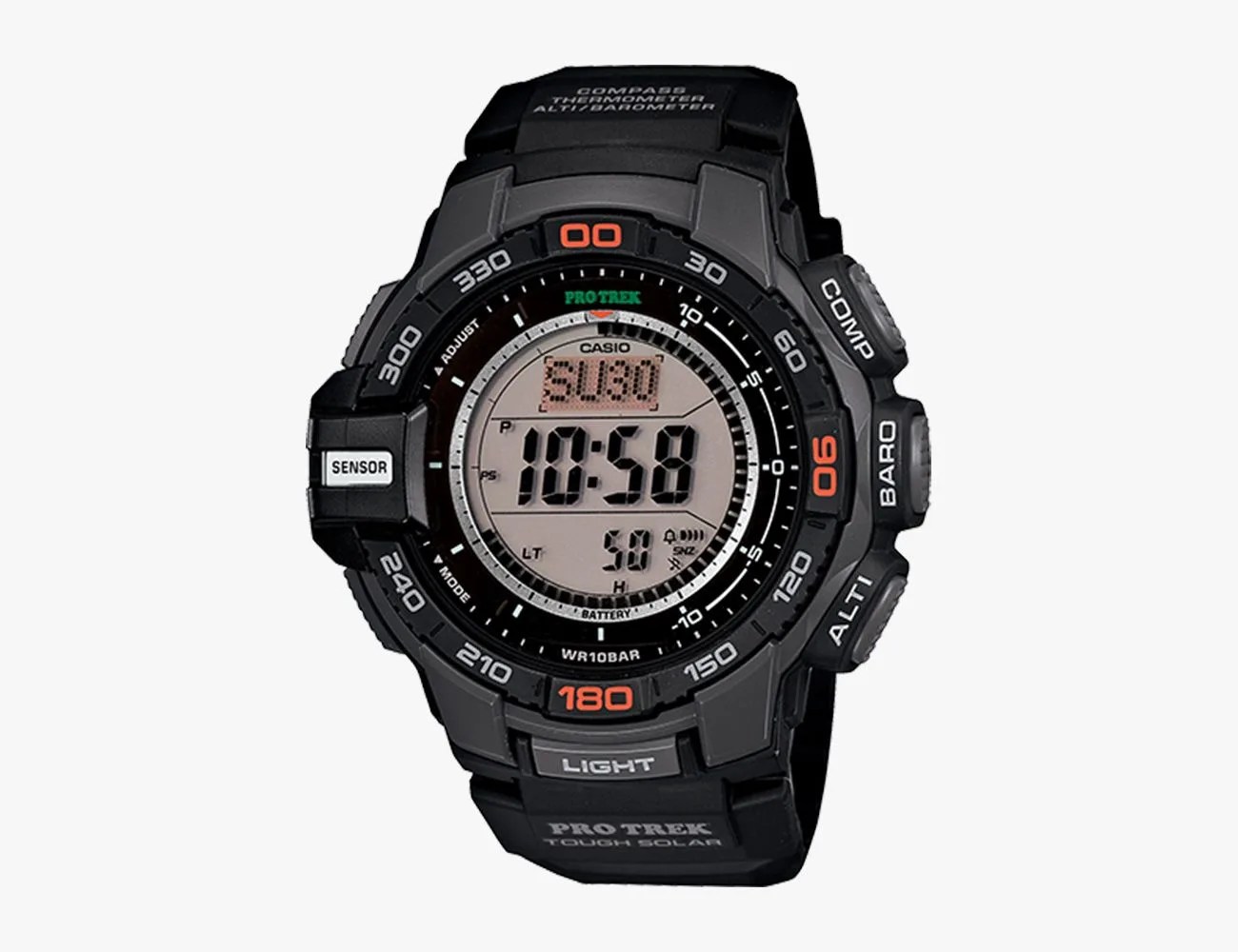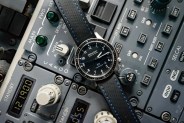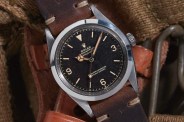Timekeeping might actually not be the most practical feature a rugged adventure watch can offer: In some situations, knowing your altitude or depth underwater might be as useful or even more critical than timing. They’re rare and a bit exotic, but watches with altimeters and depth gauges make a lot of sense if you’re actually doing the things many sport watches were designed for.
It’s even more fascinating when these features are purely mechanical — and when you realize that they first appeared on watches back in the 1960s, back when they might have actually been relied upon. Today, there are all kinds of gadgets and tech that do the same jobs, but sometimes it’s nice if this all just fits on your wrist. You can get advanced digital watches with altimeters and depth gauges, but there are also watchmakers offering these features in old-school mechanical watches with Swiss craftsmanship.
Altimeters and depth gauges indicate altitude and depth, respectively, but they’re both actually using atmospheric pressure translated into feet or meters. There are different ways of measuring pressure, but watches usually use capsules, diaphragms, bellows or something called Bourdon tubes which flex, contract or otherwise change shape in response to pressure. This principle works in air and in water, but altimeters and depth gauges each have their own specific considerations.
Let’s start at sea level.
Depth Gauge Watches
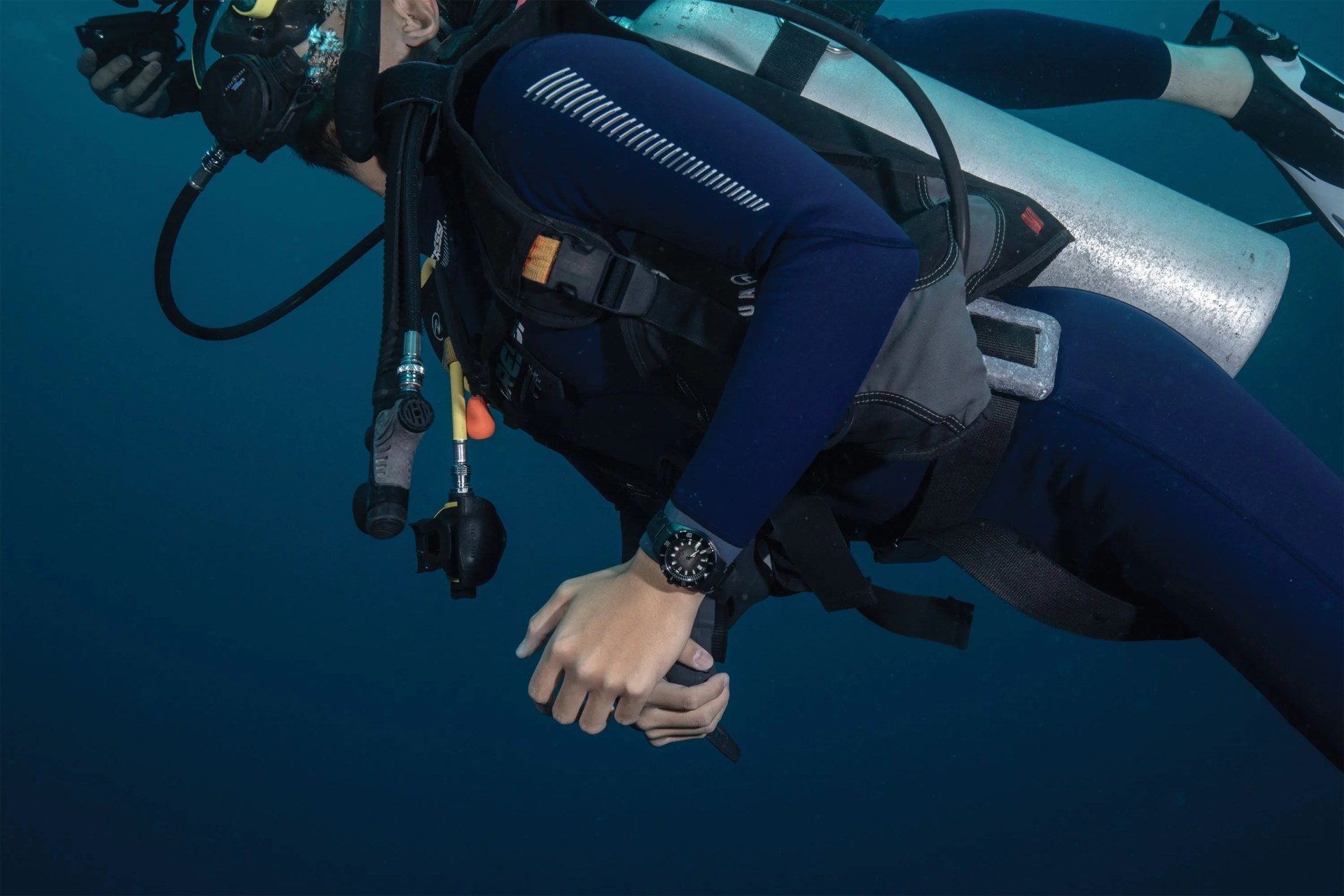 KRISTIN PATERAKIS
KRISTIN PATERAKISDepth gauge watches measure your depth underwater, so you’ll naturally find them on dive watches. Such watches were once made by major companies like Girard-Perregaux, Jaeger-LeCoultre, IWC, Blancpain, Panerai, Bell & Ross and others (even Timex!), but today they’re rare. There are only a couple notable companies that currently offer mechanical depth gauge watches: Oris and Favre Leuba (and they’re the same companies that offer mechanical altimeter watches).

